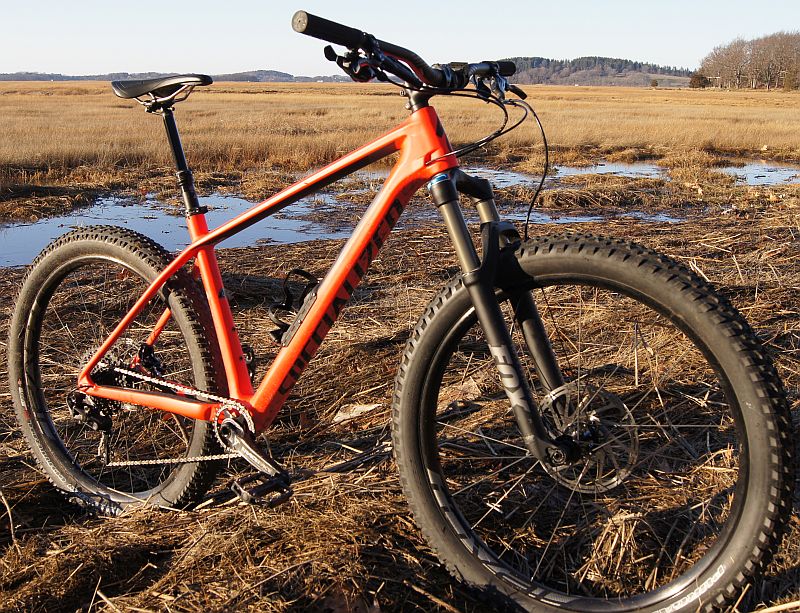
Let’s take a look at some of the standouts.ĭrivetrain: The drivetrain is funky mix, with Specialized Stout cranks with a 30-tooth narrow-wide chain ring matched to a Sun Race 11-40 10-speed cassette. We actually struggled to decide whether or not it represents good value some of the components do seem a bit basic, but we guess they’re kind of offset by the wheels/tyres which are still super rare. The Fuse Expert 6Fattie uses a bit of an odd mix of components in its burly build kit. The rear brake is also tucked away cleanly, mounting on the inside of the rear triangle. One of the nicest butts in the business, the Fuse borrows its mighty fine dropouts from the Stumpjumper hardtail line, with no quick release skewer in favour of a flush Allen key-only axle. Specialized are able to bring the rear end to a tight and zippy 430mm. It’s dubbed the ‘Diamond Stay Design’ and with it. To give adequate tyre and chainring clearance, without resorting to an overly long chain stay, the drive side chain stay splits into two.

This aluminium frame, covered in glossy bright paint, is a sleek and clean number with a few key features to accommodate 6Fattie wheels, with the most obvious being the chainstay. Wheel removal is by Allen key only, but it is very tidy back there. It would make the perfect second bike to accompany either an XC race machine or long-travel all-mountain bike, as it’s a far cry from either of these categories. Who then is the bike designed for? Someone who isn’t interested in racing (except maybe in the desert), someone who doesn’t want the complications of a dual suspension bike, and someone who is looking for something a little bit different. It’s pretty clear that this bike is not designed to climb anything in a hurry, but is all about grip, control, and confidence when most hardtails would be ejecting you out the front door.Īt just under $3000, it’s not an entry-level price point, and you could of course buy a dual suspension bike for the same kind of money. And take a look at this thing – it does look fun massive rubber, a relatively long-travel fork (120mm, big for a hardtail), wide bars, tiny 45mm stem and a dropper post. If we forget all the tech mumbo jumbo and controversy, 6Fattie is just a new twist on the mountain bike, not designed to make it race faster or longer, but to make it more fun. Keep the pressures low to make the most of the mighty tyre volume. All this does is lift the traction to unheard of levels.
#SPECIALIZED FUSE PATCH#
Such big tyres give you a larger contact patch with the ground, and the massive volume lets you run lower tyre pressures. Part of the industry calls it ‘Boost’ hub spacing (originally introduced by Trek to stiffen up 29″ rear wheels) and will be widely adopted by these new semi fat and 29″ bikes in 2016 and major component manufactures too. What comes with all this width is the need for a wider hub spacing on the Fuse the front hub width goes from the usual 100 to 110mm and the rear hub from 142 to 148mm. Because of the chunky rubber, there are many other width related constraints that bike designers need to get around – things like wider fork crowns and chain line clearance.

Some current 29″ bikes with enough tyre clearance may be able to accept 6Fattie wheels, but a bike built specifically around the massive tyres will work best.


 0 kommentar(er)
0 kommentar(er)
